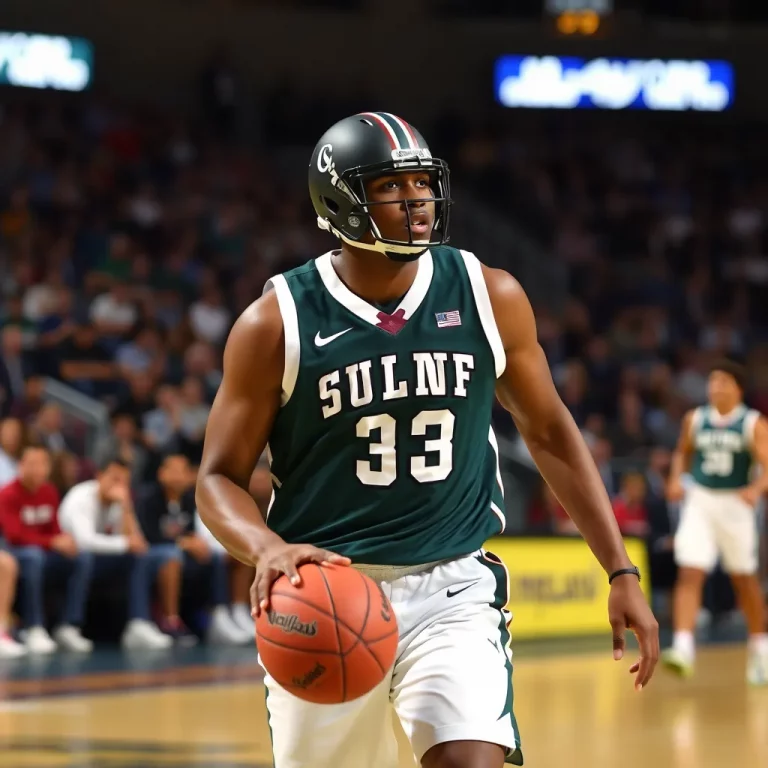In a landmark decision, U.S. District Judge Claudia Wilken has officially approved a ruling that will completely reshape college athletics. This ruling, resulting from the House v. NCAA antitrust lawsuit, marks the end of a long-standing era of amateurism in collegiate sports.
The final approval of the $2.8 billion, 10-year settlement means that for the first time, schools can share their revenues with players directly. Starting July 1, colleges will be able to pay current athletes, and players who competed between 2016 and 2024 will receive back payments for missed opportunities related to their names, images, and likenesses (NIL). The settlement has paved the way for schools to share up to $20.5 million of their revenues with players this academic year.
NCAA president Charlie Baker called the approval a crucial moment for the future of college sports, emphasizing that it will promote stability and clear rules regarding NIL deals. “This new framework enables schools to provide direct financial benefits to student-athletes,” Baker stated.
The settlement also introduces new roster limits, which have been a point of contention among schools. These limits may lead to nearly 5,000 athletes being cut from teams in various NCAA sports. However, current players will have the option to stay on their teams, with schools allowed to exceed these limits temporarily.
The House v. NCAA case began back in 2020 when athletes like swimmer Grant House and basketball player Sedona Prince challenged the NCAA’s restrictions on revenue sharing. The ruling not only settles this case but also establishes new guidelines for monitoring NIL deals, ensuring that players received fair compensation for their market value.
As part of the agreement, a new College Sports Commission will oversee the settlement’s implementation and monitor compliance with the new rules. This commission will utilize advanced software to track deals and ensure transparency within college athletics.
The changes brought by this settlement represent a significant shift in the landscape of collegiate sports, marking a new era where student-athletes can finally earn money and receive support in a more structured, transparent environment. This is indeed a historic moment for college athletics, opening doors to new opportunities for athletes moving forward.


